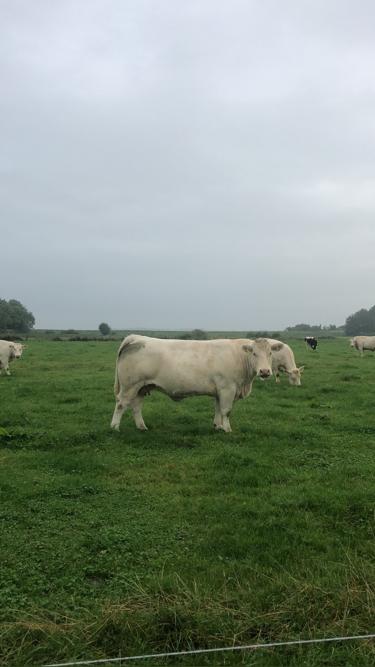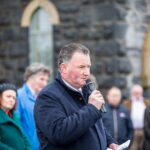As I write this weeks column, I’m looking out the window towards the River Shannon, its majestic vista has been obscured by a wall of fog which is slowly burning off in the crisp November sunshine.
This early winter has been an exceptional one for farming. Cattle have been happy in their fields perhaps a little longer than usual as they enjoy a bounty of grass along with the conditions to utilise it. This all means less winter labouring for the farmer and crucially less of a need for expensive inputs.
Indeed the rapid price rise in fertiliser costs are a source of concern for farmers as it could erode any gains made by higher beef and milk prices. Mark Twain the great American author once said “I am an old man and have known a great many troubles, but most of them never happened”.
My father J.J. and I are taking that line of thought with the rising inputs, we will hold out until 2022 and see what that brings in terms of prices. I suspect that the old sage Twain didn’t concern himself with fertiliser prices as he was before their time, however his wisdom is applicable to the issues of today.
We are currently in the process of drying of the dairy herd in stages. First calved cows are first to be dried off, then thinner cows followed by our earliest calving cows. Our milking parlour is a sixteen unit machine so we dry off the cows in batches of sixteen as to leave even rows of cows thereafter. Once the cows have been dried they’re moved to the out block where hopefully they will stay grazing well into the winter (weather permitting of course). The grass they will be grazing there is grass that was last grazed or cut early August or at latest early September.
These fields have been selected because they are drier fields with plenty of shelter in the form of hedging. This system takes a great deal of pressure off our system in terms of less silage required and less slurry being stored. We expect to have the dairy herd fully dried off by the first of December. The dry period will give both man and cow a rest and time to prepare for a busy spring period.
On the spring calving dairy farm of today, most of the year’s work is front loaded. The months from February to June are not only extremely demanding but they are also the months where the success of a year can be determined. Over the winter dry period we tend to wind down considerably on the work schedule but it is also a time where we prepare and plan. Currently we are preparing calf feeding equipment and calibrating the automatic calf feeder. The higher than usual late autumn temperatures has meant that there is much more grass on the farm than previous years, this is crucial because when the cows calve in February they will be able to go out to grass thus driving high performance and reducing the labour demand in the yard.


















